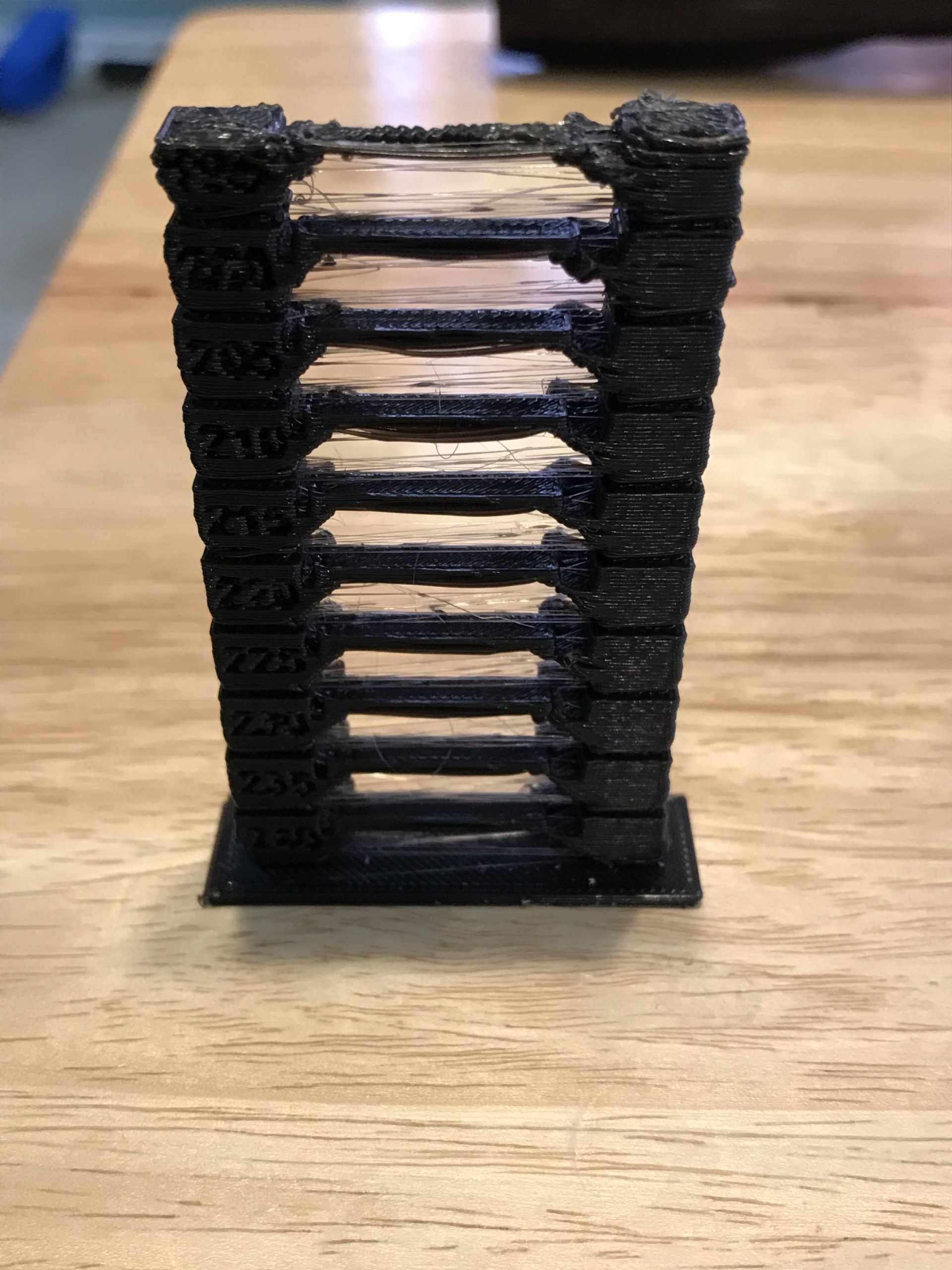The Elephant’s Trunk Nebula
This summer’s target is the Elephant’s Trunk Nebula which is a small part of IC 1396, an emission nebula located in the Cepheus constellation. Equipment To capture this target I am using the following setup: Telescope: Williams Optics RedCat 51 Filter(s): Optolong L-Pro 2″ filter Camera: ASI2600MC Pro Mount/Star Tracker: Starwatcher Sky Adventure Pro EAA:... » read more
